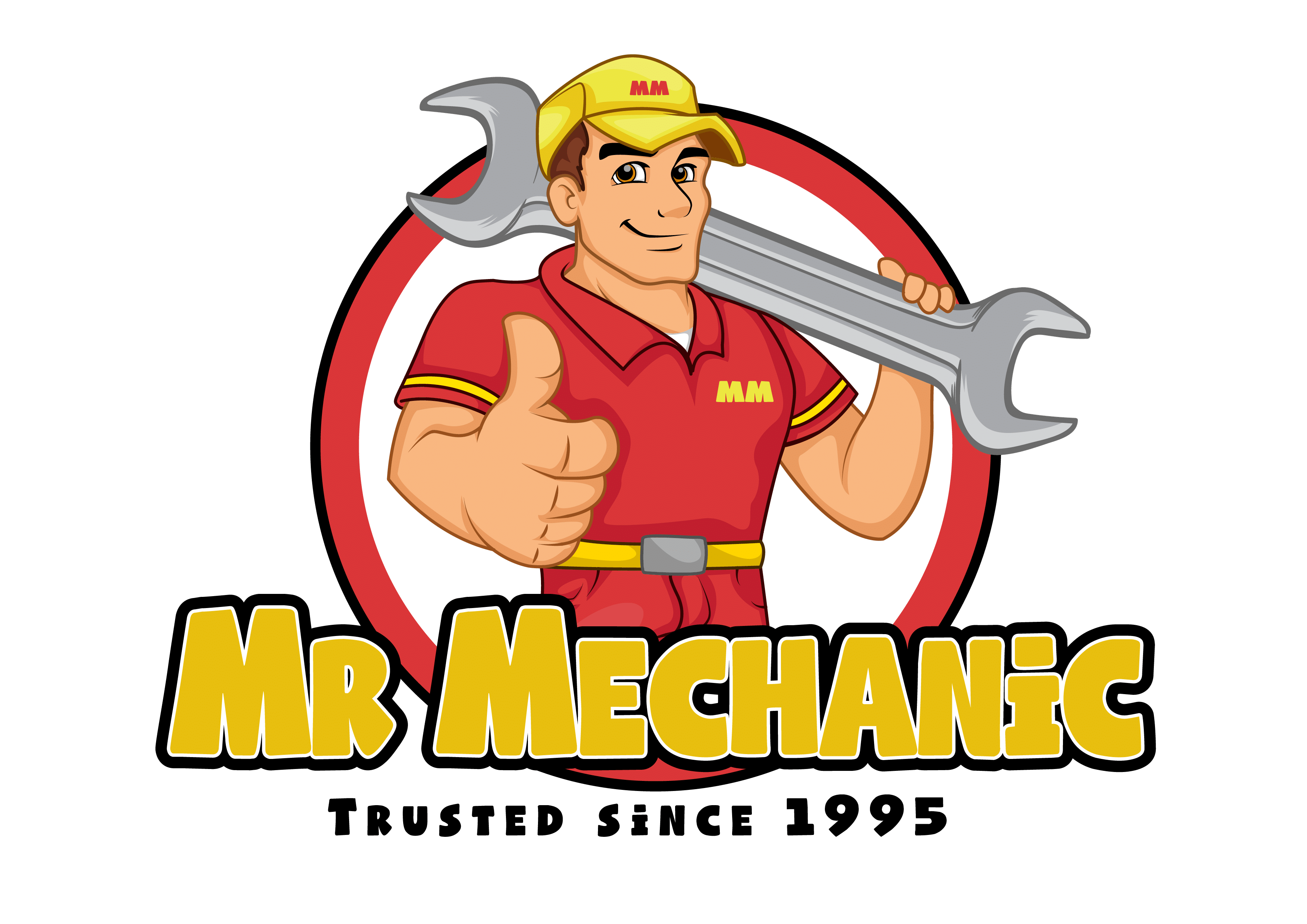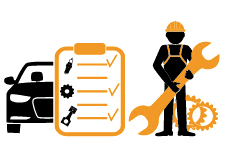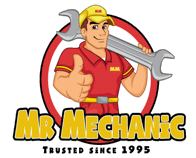Maintaining your car is a very important step that every car owner must follow to increase the life of their car and make it look brand new like it just came from the dealer. Doing a weekly inspection to help you maintain your car can save you thousands of dollars. Preventive maintenance is the best way to start.
There are many tips and tricks which can be learned and used by everyone to keep your car in excellent condition. Here we have gathered a few car maintenance tips or the kinds of repairs that just about anyone can handle quickly and easily, with minimal expenses.
Brake Pads
If the brakes fail to work properly, it can be caused by some of the following: the rotors, the brake pads, the brake fluid, and the brake pedal. The most common reason would be the brake pads or a leak in the brake fluid. You’ll need to replace most brake pads around every 20,000 miles, but as always, check your owner’s manual for specifics about your model.
- Jack up your car and rest it securely on jack stands.
- Break the lugs on your tires before you do anything else.
- Remove the wheel.
- Remove the brake caliper so that the brake pads slide out through the top. The brake caliper should be at the 12 o’clock position, just above the lug bolts. On the back of the caliper, you’ll find a bolt-on on both sides. Remove the bolts and set them aside. Hold the caliper from the top and pull upwards. Give it a few taps if you need to, making sure not to disturb the brake line (a black hose). Don’t let the caliper hang from the brake line; find somewhere to set it securely. With the caliper out of the way, the old brake pads should slide right out.
- Replace old pads with the new pads, securing them with the same retaining clips that held the old pads in place. If you have an older car, you might need to utilize your hammer here a little bit. Proceed gently!
- Compress the brake piston. Get out your C-clamp and put the end with the screw on it against the piston with the other end on the back of the caliper assembly.
- Tighten the clamp until the piston has moved far enough to where you can place the caliper assembly over the new pads.
- Re-install the brake caliper (the opposite process of what you did when you removed it), and then simply put your wheel back on.
Fuel Filter Replacement
Enhancing the life and performance of your engine is possible by replacing the fuel filters. The rule of thumb is to replace the fuel filters annually.
- Relieve the pressure in the fuel line before disconnecting it. To do so, you have to disable the electric fuel pump before you start the engine
- Look at the old filter and the new one before disconnecting anything. You should see an arrow stamped on both filters that show in which direction the fuel flows through it. If the new one doesn’t have an arrow on it, look to see in what direction the old filter is installed so that you can tell which end of the new filter goes where.
- Remove whatever is holding the old filter in place and remove it.
- Put the new filter on in the same position as the old filter.
- Replace whatever holds the filter in place, and make sure it’s secure.
- Replace the fuse for the fuel pump in the fuse box. Make sure that the parking brake is on and that the vehicle is in Park or Neutral, and then start the engine and check for leaks around the filter.
Car Battery
The key to keeping your car running smoothly and efficiently is a good battery connection. A simple visual check of the condition of your battery will tell you when you need to perform this process.
- Remove your battery terminals, which should be a fairly straightforward process. Make sure you always remove the negative cable first. If they’re stuck, use a flathead screwdriver to pry them loose.
- Clean the posts by using a more professional product from your local auto parts store. Generously apply the fluid to the posts, and clean vigorously with your wire brush.
- Rinse the cleaning fluid with a little water.
- Dry the posts with rags.
- Replace battery terminals.
Windshield Wipers
A dirty windshield can prove to be a lot of hassle when you can’t see clearly. If they are not cleaned regularly they can cause visual impairments and can result in accidents at times. Wiper blade setup differs quite a bit from car to car, so you may have to follow a few different steps according to your owner’s manual.
- Lift the blades, as if you were washing your windshield by hand, and remove the old blades.
- Pay attention to how the old blades connect to the metal arms.
- On most models, you’ll see a tab on the underside of the wiper. Push the tab to remove the old blade.
- Attach the new blades, being careful not to bend the wiper arms, or scratch your windshield. Line everything up and make sure the new ones are secure and tight.
Spark Plugs
If you notice that your engine is not working efficiently, then the reason could be the spark plugs. If not checked, they could wear out and be covered in a buildup. Most spark plugs need replacing after about 30,000 miles but check your owner’s manual to see if your vehicle is any different.
- You should be able to locate your spark plugs fairly easily because they’re attached to thick rubbery wires.
- You’ll find either four, six, or eight plugs, depending on how many cylinders your car has.
- Remove the wire to the first spark plug only. Do not remove all of the wires at once. Your spark plugs are installed in a certain order, which you need to maintain.
- Use your spark plug socket and extension on your ratchet to remove the first spark plug.
- Install the new spark plug, screwing it in by hand at first, and then tightening it with a wrench for a snug fit. Do not over-tighten.
- Re-attach the spark plug wire.
Air Filter
You need a new air filter for your car every 12 months or 12,000 miles, whichever comes first. You can pay a mechanic and give up your car for a day, or you can replace your air filter at home in about ten minutes.
- First, find your filter under the hood of your car. It’s in a black rectangular box with metal clips on the side. Check your owner’s manual if you don’t see it as soon as you pop the hood.
- Open up the casing, and check out how the air filter fits inside it. Make a note of which way the filter faces.
- Remove the old air filter, and insert the new one exactly how the old one sat.
- Remember to close the metal clips when you’re done.
That’s it. For extra savings, in the long run, you can extend the life of your new air filter by hitting it with some compressed air to clear out any debris.
Maintaining your car is a good idea for your wallet, your time, and peace of mind. It might seem like a bother at times, but the effort is worth it over time. Just be sure that you know your experience level, and don’t try a DIY project that’s too big to handle. Don’t risk injury or take apart pieces that you can’t put back together. And, always follow the maintenance schedule for your car, so your car will always perform at its best.
Mr. Mechanic can come to you for any vehicle repair, service, roadworthy certificate, and inspection needs. Call us for a free quote!


